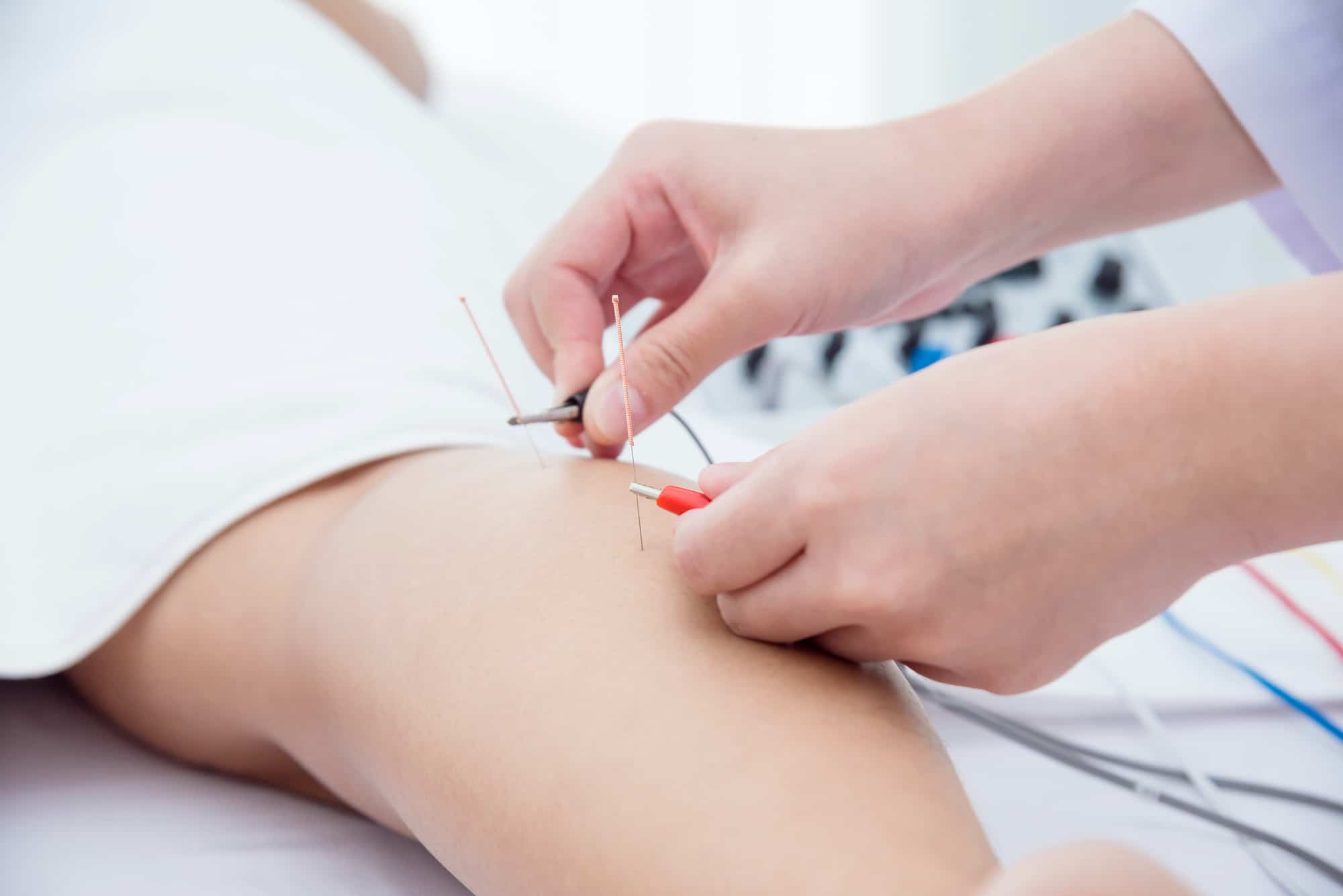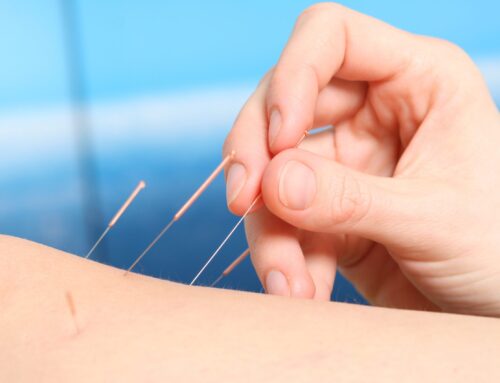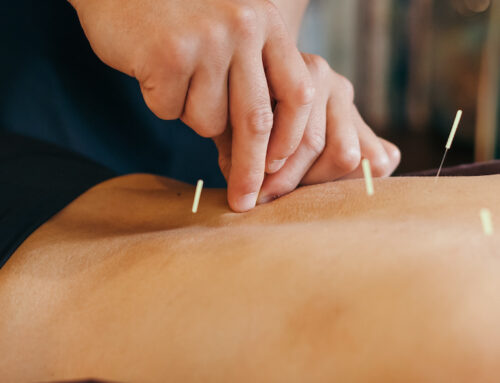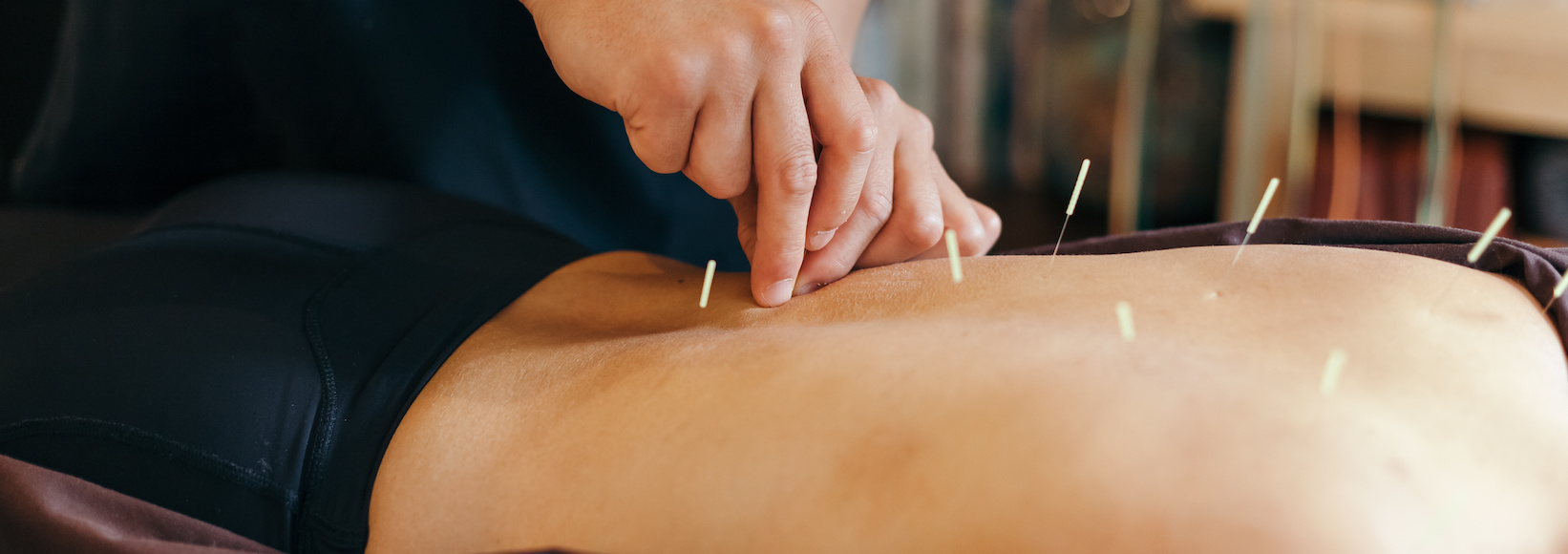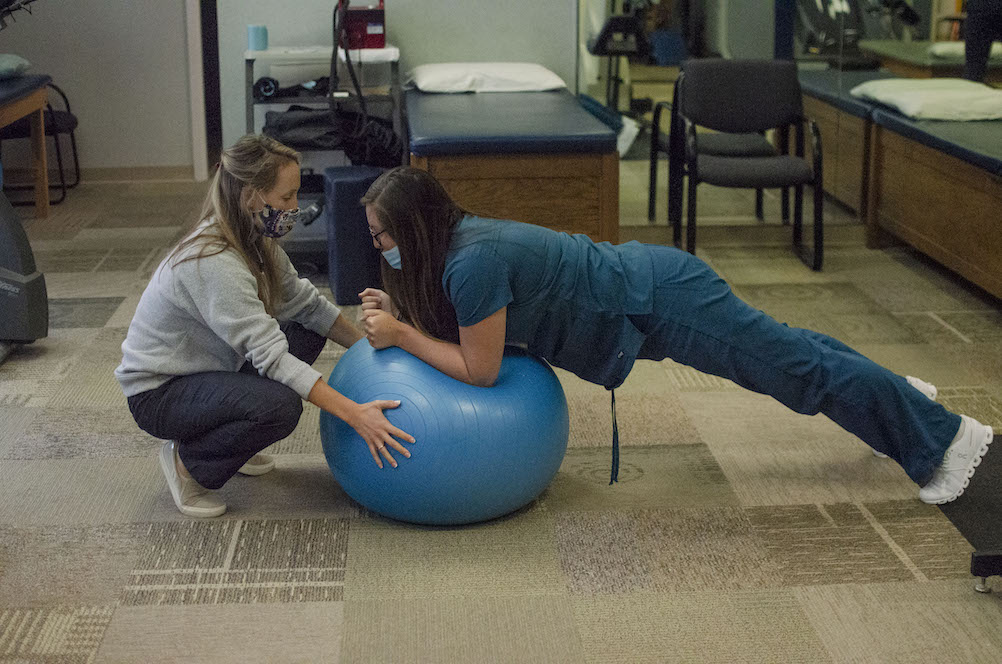Most people are unaware of the differences between dry needling and Acupuncture. While the needles that are used in both techniques are the same, the actual applications are quite different. Traditional acupuncture primarily functions by targeting specific ‘Qi’ points throughout the body. These points are supposed to affect energy flow in the body which can then decrease pain. This is often protocol driven meaning that the same spots are needled on every person.
Dry needling, on the other hand, takes a pathoanatomical approach. This means that we target dysfunctional areas within the affected tissue. Often, these points are in the muscle and are called trigger points. The needle causes increased blood flow to the tissue which then promotes healing and muscle relaxation. This then decreases pain and improves function.
Many people find relief very quickly after dry needling and can have long term benefits, especially when combined with appropriate exercise and therapy. Dry needling can be used for a multitude of conditions, but some of the most common ones include low back pain, sciatica, neck pain, headaches, Achilles tendonitis, plantar fasciitis, and bursitis.
If you are interested in trying dry needling, call the office nearest to you or complete the form below – most insurances don’t require a referral.
Want to know more? Check out our FAQs and our article, What Is Dry Needling Really Like.

